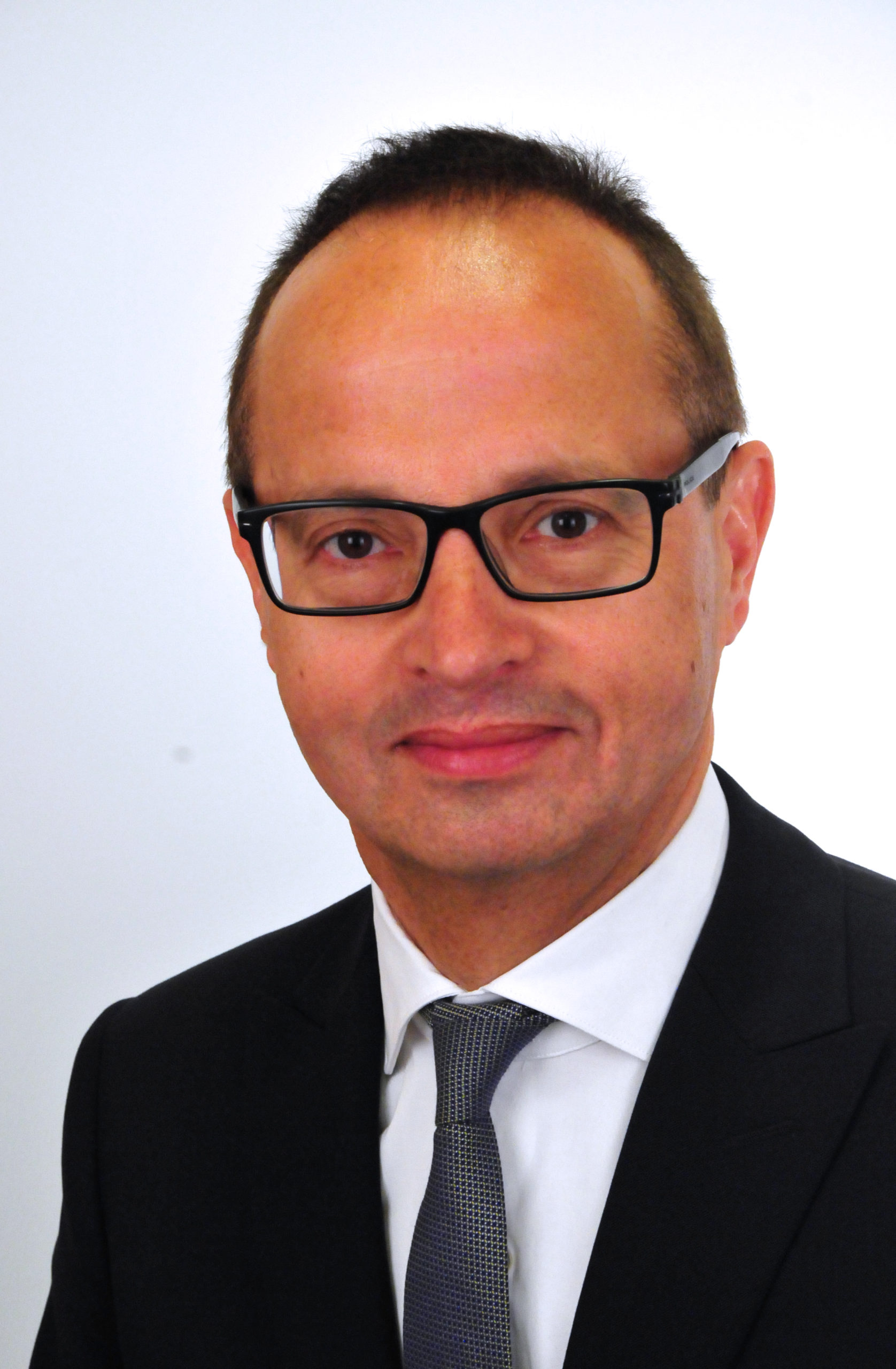
Heating and cooling of buildings contributes significantly to the human carbon footprint (about 40% in the EU). Modern district energy systems, using renewables and heat recycling, could contribute substantially to decarbonization and greater energy efficiency and security. However, district heating and cooling networks (DHC) play only a sub-ordinated role in public discussions about a more sustainable energy future. The main focus is still on renewable energy generation and wider electrification of the economy.
This comes at a time when institutional investors are keen to find new opportunities in “energy transition assets” beyond solar and wind. Although investments in district heating are increasingly popping up in portfolios of asset owners and infrastructure funds, overall investment volumes are still very small.
Heat networks as such are nothing new. Geothermal energy has been used since ancient times for heating, medical and recreational purposes. The engineers tend to split their evolution into five generations. Larger urban heating systems developed from the 19th century, primarily to lower energy costs. Old-style systems are based on high temperature water or steam fuelled by coal or fossil fuels, and are still widely used in China, Russia but also in places like New York and Paris.
More interesting for the race to net-zero is the currently expanding fourth generation. Low-temperature district heating (below 70˚ C), that integrates renewable energy (solar, wind, geothermal), recycled energy, efficient pipelines, seasonal storage, and smart energy systems. Energy sources include also waste heat from industry, data centers, metros, shopping centers, hospitals etc.
About 13% of Europe’s heat is currently supplied through 6000 district heating networks – still predominately older generations. Only about a third of them use renewable sources, driven by Sweden and Denmark with shares over 70%. A fifth generation of DHC is being experimented with even lower temperatures, providing heating and cooling solutions simultaneously. Low-carbon district cooling systems show great future potential in warmer zones worldwide.
Various infrastructure and private equity managers have gained experience with DHC investments over the last decade, especially in the Nordic countries, but also in the UK, France, Germany, Spain, Ireland, Poland, the Czech Republic, the Baltics and other places. Beyond Europe, exposures are reported primarily from the USA, and to a minor extent also from Asia and the Middle East. District energy networks have also caught the eyes of asset owners, with interesting examples of equity and debt investments by pension funds, insurance companies and sovereign wealth funds.
What is the investment proposition? District energy networks potentially tick many boxes of infrastructure investors. They are typically long-term projects with monopolistic features, a stable customer base, and predictable, often inflation-linked cash flows. Furthermore, ESG and impact investors find a lot of mileage in modern heat networks. As municipal networks, they can be considered investments with social and local community impact.
In practice, investors face several challenges. They include managing the specific demand and supply factors, market risks (e.g. competition from individual heat pumps), technical complexities (e.g. interfaces, storage) as well as limited knowledge and experience. And then there is political risk, with the regulatory environment continuously changing at local, national and supra-national levels (e.g. EU taxonomy).
How to best invest in heating networks? District energy networks tend to be vastly different, depending not only on their geography but also on the institutional set-up. Investors often bemoan the lack of “standardization” as well as a lack of scalability. Bundling small and diverse projects into suitable investment vehicles is not a straightforward task. More specialist investment funds may emerge in future if governments grow the asset pipeline faster.
Direct investments and co-investments by asset owners in DHC companies require a clear long-term strategy, plus all the technical, financial and managerial skills when dealing with operators and political decision makers. Greenfield projects often see the participation of national or regional development banks such as the EIB. Older DHC facilities carry high costs of upgrading that may require some government support.
In conclusion, the “greening” of heating and cooling is a slow process.To what extent they will become more investable on a larger scale has to be seen. Private ownership of larger district energy networks is not uncontroversial – heating is obviously a sensitive field that carries reputational risks. Long-term investors could certainly up their contribution in this field but, crucially, they expect a strong commitment from politicians and a stable regulatory environment.
The full special report is available at “IPE Real Assets” May/June 2024.https://realassets.ipe.com/special-reports/district-heating-time-for-investors-to-warm-to-the-asset-class/10073102.article